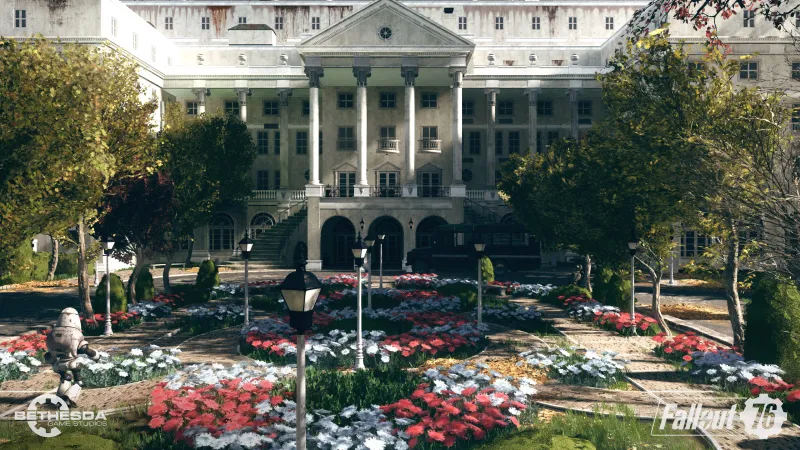

Subscribe today to receive the next issue of Game Informer, featuring the Most Anticipated Games of 2026!
Fallout 76 launches on November 14, just 37 days from now. Given the fast-approaching release date, we’ve seen surprisingly little from the game. In the few instances that Bethesda Game Studios has talked about it, new information was delivered in silly Vault-Tec animated shorts, screenshots, trailers, developer interviews, and brief clips of in-game footage. We still haven’t seen a legitimate chunk of gameplay that shows off exactly what players can expect from this Fallout experience.
Even after asking game director Todd Howard every question that popped into my mind during a 30-minute interview at QuakeCon, I still didn’t feel like I fully grasped Bethesda’s vision for multiplayer within Fallout’s traditional framework. Going back a few years, Bethesda didn’t show much of Fallout 4 before launch either, but we had a good idea what that sequel would offer. Fallout 76 is a different beast entirely.
Conspiracy theorists can make up any story they want, but Bethesda wasn’t intentionally trying to hide Fallout 76 until launch. The development team wanted to make sure the world was complete and stable before giving anyone the chance to enter it.
“We just finished art lock in the last week or two,” says Pete Hines, Bethesda’s senior vice president of global marketing and communications. “Until you finish art lock, you can’t get into the full optimization for framerates and fixing bugs. With a game like this, we want folks to go wherever they want and do whatever want. We said, ‘We either let them play it earlier, and have to confine them to certain places – which doesn’t feel like Fallout 76 – or wait until later when we can let them go wherever they want.'”
Fallout 76 is finally at that point in development. Bethesda is still optimizing framerates and tweaking little things (and will continue to do so well beyond launch), but the entire game is now playable. Last week I was finally given the chance to play three hours of it at a huge press gathering in West Virginia’s scenic Greenbrier resort (which is in the game under the name Whitespring).

Three hours may sound like a lot – more than enough to finish a good number of games out there – but it wasn’t nearly enough time to gain a true appreciation of the Fallout 76 experience. Just minutes after stepping out of Vault 76, I was overwhelmed by the possibilities that lay before me. I could venture off into the woods and freely explore – which I briefly did before being hit with the realization that I was going to die horribly – or team up with my group to gain an understanding of how multiplayer and cooperative questing work. Along both of these paths, a staggering amount of content popped up.
Since my entire play session was recorded, you can witness my conflicted decision making in the videos below. You sadly won’t hear the conversations I had with my team at the event, as that audio track wasn’t captured. My group, which consisted of Bethesda’s Nicholas Patterson, IGN’s Brendan Graeber, and GameSpot’s Alessandro Fillari and Jean-Luc Seipke (who took turns on the controller), worked together to see as many different aspects of the game as possible. I recorded a new audio track with a couple of Game Informer staffers that hopefully fills you in on those lost conversations and the decisions that were made during this playthrough.
No matter what I write or how much Todd Howard talks about the gameplay systems, I don't think you will gain a true understanding of Fallout 76 until you see it in action. For that, I urge you to watch the videos. I know it’s a significant time investment, but if this game is on your radar, and you just don’t fully understand it quite yet, this will be time well spent.
Given just how much my team breaks free from the main campaign, I don’t think I need much of a SPOILER ALERT for story content, but will offer one for the explorers out there. We uncover a good number of locations that you may want to discover on your own.
I know you have a number of burning questions regarding my impressions, so let’s get those out of the way before hopping into the videos.
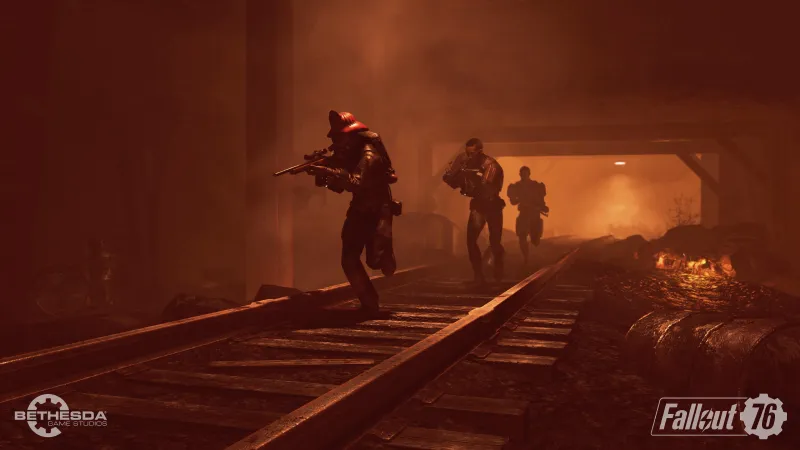
Absolutely. But for every second that I found myself thinking, “I’m loving the exploration and co-op,” the next thought was usually, “something is missing from this world.” Fallout 76 hammers home Fallout’s scavenger and survival experiences, whether its inundating players with weapons, armors, and crafting materials or making them panic over the diminishing supplies of Stimpaks and RadAways. The sense of danger and uncertainty that hangs over your head as you explore the world should feel familiar to Fallout veterans. West Virginia’s rolling hills and dense forests often blanket your view, which can lead to some startling discoveries if you aren’t careful. Just walking in one direction to see what you discover is a rewarding (and terrifying) endeavor. If these elements are what you love about this series, they haven’t changed. In many ways, the game feels like more Fallout 4, which is a good thing.
As interesting as West Virginia appears to be from an exploration standpoint, it feels somewhat lifeless. Take the Greenbrier resort for example. This sprawling historic location was lovingly recreated, offering many of the colorful sights people can see if they visit it today. While I enjoyed soaking in the details Bethesda included in this place, it feels somewhat void of personality, and that’s not just from its halls being patrolled exclusively by non-hostile robots. I felt like I was walking through an art museum. The Greenbrier is oddly quiet, most of the robots don’t have anything to say, and all of the information I gathered about this location came from documents and holotapes. I never once experienced a meaningful moment here. By removing human characters and chatty NPCs from the mix, part of Fallout's charm is nuked. The narrative elements that helped bring the locations to life and ground the player were nowhere to be found in the locations I unearthed.
I know Bethesda wanted the human-controller vault dwellers to fill that void, but friends add a different element to the experience. Much like Rocksteady Studios saying Gotham was evacuated in Batman: Arkham Knight, Bethesda gives a story reason for the lack of humans in the world: Most of them are dead. They perished when the first round of nukes hit. You'll see their bodies everywhere. West Virginia's wildlife and wilderness continue to thrive in fascinating mutated ways, but humanity is now a disturbing backdrop. A bit of environmental storytelling emerges as you try to piece together what happened to these people – some clearly survived the blasts and met the reaper in different ways. On the one hand, the world is kind of interesting in that Walking Dead way of being the lone survivors, but the atmosphere is radically different than players are accustom to. You are very much alone.

Some of the locations in the game are designed to carry self-contained stories. I stumbled upon one of these emergent tales at the remains of an airplane that crashed into a mountain. Super mutants have made this large airliner their home. Since the plane split apart and showered debris down the dangerous mountainside, the mutants turned it into a Swiss Family Robinson-like tree house with ladders reaching up to different pieces of the fuselage and wings. As I explored this cleverly designed area, I found notes that pointed me toward treasures and secrets. Piecing together this environmental puzzle was fun.
While I was able to glean some of Bethesda's intent for the world and exploration, I didn’t get a firm grasp of the gameplay loops or progression within three hours time. I enjoyed almost every second of play, and think it could be a blast with three friends running at my side, but I question how much of a connection I'll develop with this world and its stories. One problem I ran into during my demo: I was listening to an Overseer audio file, and my teammates started blabbing about what we should do next. They had no idea I was listening to a file. Yes, I could listen to it again later, but you can see how the audio file approach can be somewhat problematic. The same goes for reading lengthy documents on computer terminals. It seems like a lot of world building is offered in these way, but taking a bit of time to read or listen to things aren't exactly engaging multiplayer activities.
Can Fallout still truly hook people with just wilderness, ruins, and a paper trail of what happened here? Is the multiplayer the difference maker? Will it be fun when played solo?
For these questions, Fallout 76 is easily one of this holiday’s most interesting releases. I’ve always wanted to play a Bethesda Game Studios title cooperatively with friends, and now I'm getting that chance…kind of. Like I said, the world has a different feel to it, and I still don’t know if that’s a good or bad thing. Time will tell.
Fallout’s reliable Vault-Tec Assisted Targeting System has been a strategic tool for players in Fallout 3, 4, and New Vegas, allowing them to pause combat to target a specific body part of an adversary. Part of the fun of using V.A.T.S. is determining if the odds are good enough to actually pull the trigger. If the targeting indicator reads it has a 90 percent chance of impact, you’re going to fire, but if it’s at 75 or 50 percent, you start weighing your options. In some instances, a minuscule 5 percent chance may be your best chance of defeating a difficult foe. When those prayer shots connect, you feel like you got away with a crime. V.A.T.S. has always been one of Fallout's more ingenious gameplay mechanics.
In Fallout 76, V.A.T.S. offers the same limb-specific targeting system, complete with percentages, but no longer pauses the action. You are now forced to think quickly and react just as fast. When you initiate V.A.T.S. by hitting LB on Xbox One’s controller, a familiar green highlight appears on your target. Flicking the analog stick switches between hit zones. Since most of these adversaries are still on the move, the percentage you see on a particular hit zone will change as you highlight them. As an enemy runs toward you, the number may quickly grow from 20 percent to 30, 40, and 50. If you pull the trigger, the bullet flies toward the target, hopefully dealing damage. The V.A.T.S. of old hid the fact that players weren’t actually aiming the gun at their foe through close up cameras that alternated between your character and the target. Those cameras aren’t in play here, so your gun may be pointed at a window, yet the bullet ends up hitting the intended foe that is standing a few feet to its right. It looks a little goofy now.
Given how much some enemies scurry about the environment, I don’t think V.A.T.S. is as effective as a weapon now – there's a higher degree of skill in mastering its timing. V.A.T.S. may give you some advantages with sniper rifles and other ranged armaments, but I don’t see it as a reliable solution for crowd control or close quarters skirmishes. I struggled with it in those instances, but did get an idea of how it can be used to pick away at specific slower-moving enemy types.
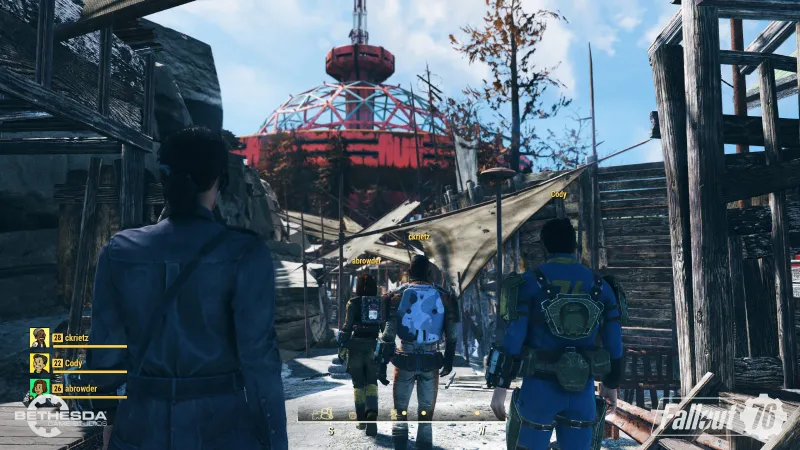
The world is massive, and having friends at your side only heightens the excitement of the discoveries made within it. In one moment where my party split up and headed off in different directions, I stumbled upon a side mission that detailed orders for a military supply drop. The possibility of this drop delivering high-end gear for the party brought the team together again. Additionally, in a couple of combat encounters, my teammates cried out that they were in trouble. Fast travel allowed another teammate to lend a hand in those conflicts. The fast-travel system is mighty slick, allowing you to warp directly to your friend's location after a short load and at no cap cost.
Wandering the wilds in Fallout has always put you at risk, but having someone at your side adds an element of security that this series hasn’t had before. You know that you have backup when you step into a questionable area. Having a friend nearby also helps for looting, as they can verbally tell you that there’s a chest in the basement, a bobble head tucked behind the desk, or a crazy Mothman display in the church that you need to see. Having more sets of eyes definitely helps in picking valuables out of the destroyed remains of West Virginia. Each enemy that is slain holds a random selection of items for EACH player. The same goes for containers in the environment. The only items that you’ll have to race to pick up are the ones that are sitting out in the open. This means if a plasma rifle is resting on a box, only one person can grab it.
Getting connected with friends from the outset of play appears to be an easy process, as you can create a group before venturing into the wasteland, or freely jump into a friend’s game if they are already questing. Even if a friend's server already has 24 players on it, I’m told it can flex to allow you to join. How much flexing it can do and how high the total player count can get is something Bethesda isn’t ready to say yet, but it is cool that players won’t necessarily have to leave a game in progress to play with late-arriving friends.
Overall, the multiplayer aspect is a highlight. In my play session, venturing with other people into the wasteland was a legitimately good time, filled with moments of wonder, combat intensity, and lots of laughs. If I had to compare it to anything else out there, I’d say it lines up the most with the experiences I had in Borderlands, where there’s a real benefit to playing together, but you don’t necessarily have to. You can just be in the same world and do your thing while still enjoying your buddies’ company over the headset.
This is the one aspect of the game that I can’t really speak to yet. The only player-versus-player encounter my group experienced came when I foolishly hit a level 59 Bethesda player with the butt of my gun. This player, who was decked out in Power Armor, retaliated, and melted me with an electrical blast within seconds. My teammates tried to avenge my death, but they too were melted by this titan. Hines told me that player levels even out a little for PvP, but I learned that a level 5 player doesn’t stand a chance against level 59. That's how it should be.
This hilariously mismatched contest did give me the chance to see what happens when you die. The first blast that hit me knocked me to my knees, giving my teammates a shot at reviving me. The next shot killed me outright. Thankfully, the Bethesda player didn’t steal the junk supply I dropped. I was able to return to the location of the murder, and laughed out loud when I saw my junk was contained in a small paper bag.
Some of the other players at the Greenbrier event engaged in heated PvP battles against other players, and a good number of them I talked to raved about the insanity that emerged during these firefights. Some of these battles even included robot NPCs that were brought into the fray by errant shots and splash damage.
I wish I would have been a part of a big player battle, but like I said, there was so much to do in such a short period of time. We focused mostly on co-op and exploring as much of the world as possible.
Once you leave the vault, a robot near its entrance will give you the Overseer's first mission, which serves as a tutorial for crafting. Depending on where you go or what you do from here, quests will continually be added to your queue. You may not even realize they are being added. You may gain one by simply stepping into a building, and another by grabbing an item within it. Depending on where you go, you’ll also receive a number of notices to partake in regional events. Some of these are triggered as you explore certain locations, but others appear at specific times for the entire server. The game also offers rotating daily and weekly challenges, and player-specific challenges, such as leaving Vault 76 for the first time and exploring Appalachia for one hour.
I quickly found myself swimming in things to do, which is a great problem to have. As I learned, if you feel overwhelmed by the number of things that are active at once, you can dive into your Pip-Boy to turn off active missions, which cleans up the HUD a little. The missions I engaged in all had a layer of complexity to them, and often unraveled in multiple parts. In the Top of the World mission for example, we were tasked to travel to a number of locations before we could use a specific elevator. This mission in particular holds true to the Fallout script of old. The one notable difference is the lack of communication with other characters. Not having the conversation element creates a dramatically faster flow for questing, but also strips it of world building.
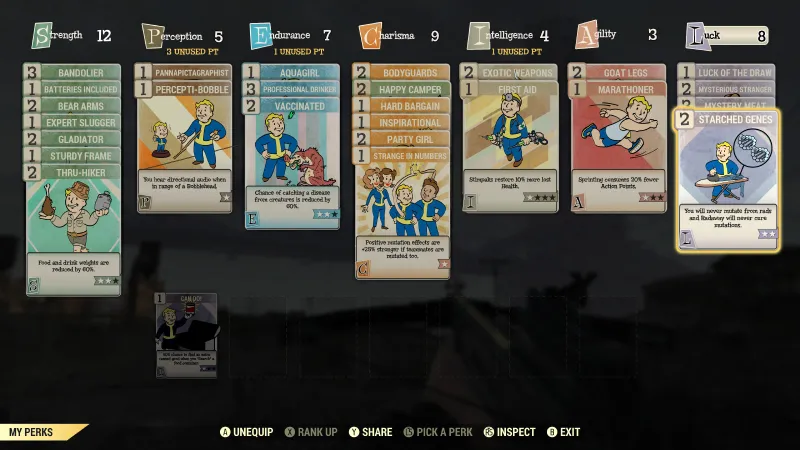
I was only able to reach level seven, which means I didn’t have a ton of cards to play with. I opened a few packs of cards, and ended up having a skill attached to each S.P.E.C.I.A.L. field, but I wouldn’t say any of them had a dramatic affect on my style of play in the early stages of the game. Getting bumps for specific weapon types and healing items certainly helps, but the fun stuff clearly comes later. I have a feeling being able to swap things out whenever you want will be a great way to approach different situations and areas. You won’t have to lock yourself into a particular style of play, and you also don’t have to fully respec your cards to make minor changes. It’s a smartly designed system, and there’s some fun to the card collecting too. I can’t wait to see what the craziest and rarest cards are.
Finding a Fallout game with a steady framerate is about as likely as finding a unicorn in the real world. This series has always struggled with stability, and Fallout 76 appears to be fired from the same cannon. The framerate occasionally dipped to somewhat worrisome levels as I played. I also watched my teammates’ animations skip unnaturally at times. Bethesda says it’s still working on optimization, and clarified that certain zones I entered, like the Greenbrier, were still being worked on. I don’t anticipate the game launching with a silky smooth framerate, but hope it improves from what I experienced. Some combat encounters became nearly unmanageable nightmares due to the framerate taking such a hit.
Yes. I witnessed a nuclear strike that was placed near Vault 76. After the rocket impacts the terrain, the sky basically turns to fire and all surrounding areas are hit with intense winds (complete with airborne debris). You then see the mushroom cloud, which stays on screen for a good while before the radiation hits. I unfortunately experienced just how fast acting the radiation can be. My character almost died within seconds. I had just enough time to turn around and flee after taking a step or two into the radiation.
Hines tells me players shouldn't expect to see nuclear blasts right when the game launches. Nukes are end-game content, and it'll take a significant amount of time to find the means to launch them. Once these powerful weapons are airborne, they are game changers for both low and high-level players. If you are just starting your adventure and don't have the equipment to provide radiation protection, a nuclear explosion will close off a section of the map until the radiation subsides. If you have a mission in that area, you'll have to wait a number of hours before that region resets to its original state. Conversely, if you have the proper gear to enter radiated areas, the fallout from a nuke creates a high-level zone that features more challenging enemies and some of the most desirable loot in the game.

At one point I noticed that my character was having issues sprinting. I thought it was because I was over-encumbered, but it turns out I hadn't fed my character food or fluids. When your hunger and thirst meters run low, your maximum AP is reduced temporarily. If either meter is completely drained, you slowly lose health. AP is the meter that lets you sprint, jump, and use V.A.T.S. I found plenty of food and beverages along the way, and was able to keep both meters in check for the entire play session. I didn't apply any S.P.E.C.I.A.L. cards that would help me much, or build a homestead that could supply me with crops. I suspect these things will be part of mid-game play.
I didn't build anything, but did use the base camp as a means of dropping off junk and gear. No, I wasn't fast traveling to my camp whenever I needed to unload supplies. For a small cap fee, you can move your camp wherever you want. The first object you place within the camp is a storage container that holds all of your weapons and items. If you find yourself over-encumbered, you can drop your base camp in an open area on the map and use the box to drop off your supplies. With another click of the button, you can magically pick up your base (which doesn't account for any additional inventory weight) and continue playing. This is a slick design on Bethesda's part, and a great solution to the always burdensome inventory management issues we all eventually run into.
I assume Fallout's controller setup will be identical between Xbox One and PlayStation 4, but I was only given the chance to play the Xbox version at the event. Here's the mapping:
LT – Aim/Blick
LB – V.A.T.S.
RT – Attack
RB – Bash/Power Attack/Grenade (hold)
L3 – Sprint
R3 – Sneak
Y – Jump
X – Ready/Reload
B – Pip-Boy/Flashlight (hold)
A – Activate
View Button – Toggle POV/Workshop
Menu Button – Map
Directional Pad Left – Last Equipped Weapons
Directional Pad Right – Healing Item
Directional Pad Up – Favorites Wheel
Directional Pad Down – Emotes Wheel
Yes. Fallout 76 allows players to purchase cosmetic items using a new in-game currency called Atoms. If you don't have the required Atoms for the gear you want, you can obtain more with real money. These cosmetic items don't provide stat bumps or advantages, and are just for show. This means you'll still want to hunt for new gear to increase your survival chances and become more powerful. Hines says Atoms are dispersed liberally during the game, and most players should earn enough to purchase items from the shop. I obtained a number of Atoms, but was not able to use them since the cosmetic store wasn't live in our demo. Is it time to sound the alarm about microtransactions? Not yet. We haven't seen them, and don't know how they are sewn into the game yet.
If you preorder Fallout 76, you'll get the chance to jump in early when the Break-It Early Test Application beta hits later this month. Xbox One owners get first crack at it on October 23, with the PlayStation 4 and PC betas hitting in the following week. This early look will shut down a few days before the game's November 14 launch. The beta won't be live for 24 hours a day, and is instead limited to short four- to eight-hour sessions each day. The good news: All progress made during the beta carries over to the final game.
With Fallout 76's launch right around the corner, I hope my impressions and video playthrough provide some clarity for the adventure you can expect. Where do I stand on it? I'm still on the fence as to whether or not this is a game I can see myself playing for weeks on end. The setup is definitely intriguing, and the small taste I got of it delivered plenty of fun. My hesitation comes from not knowing if this entry will hook me in the same way that the last three installments did. It's still Fallout, but if those hooks are gone, can the multiplayer experience replace them? I also have concerns about the story, world, and overall gameplay flow. We'll learn more about these elements when the beta hits in a few weeks. Like I said, it's a different beast of a game, and for that we have plenty of reasons to be excited and nervous.
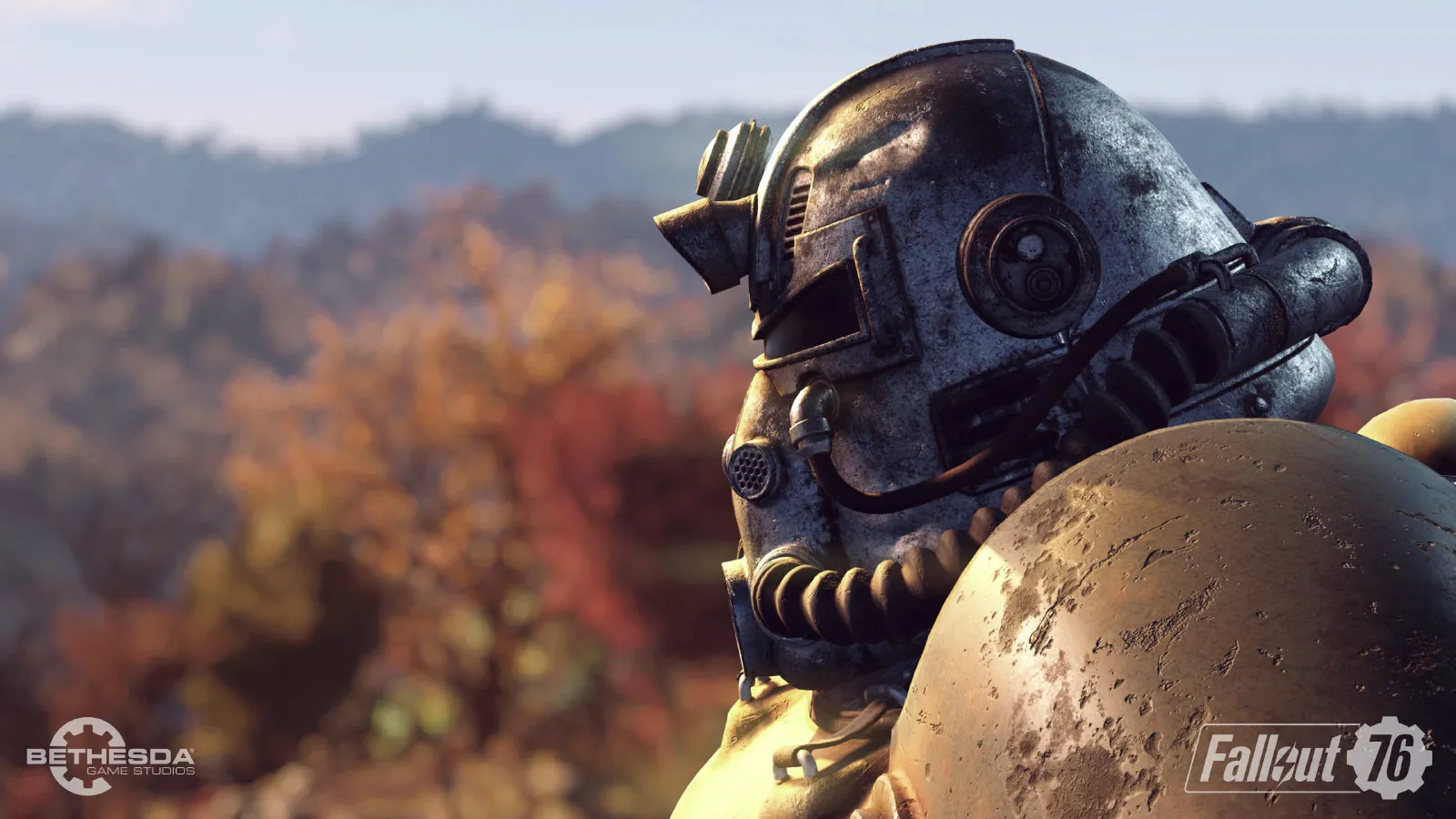
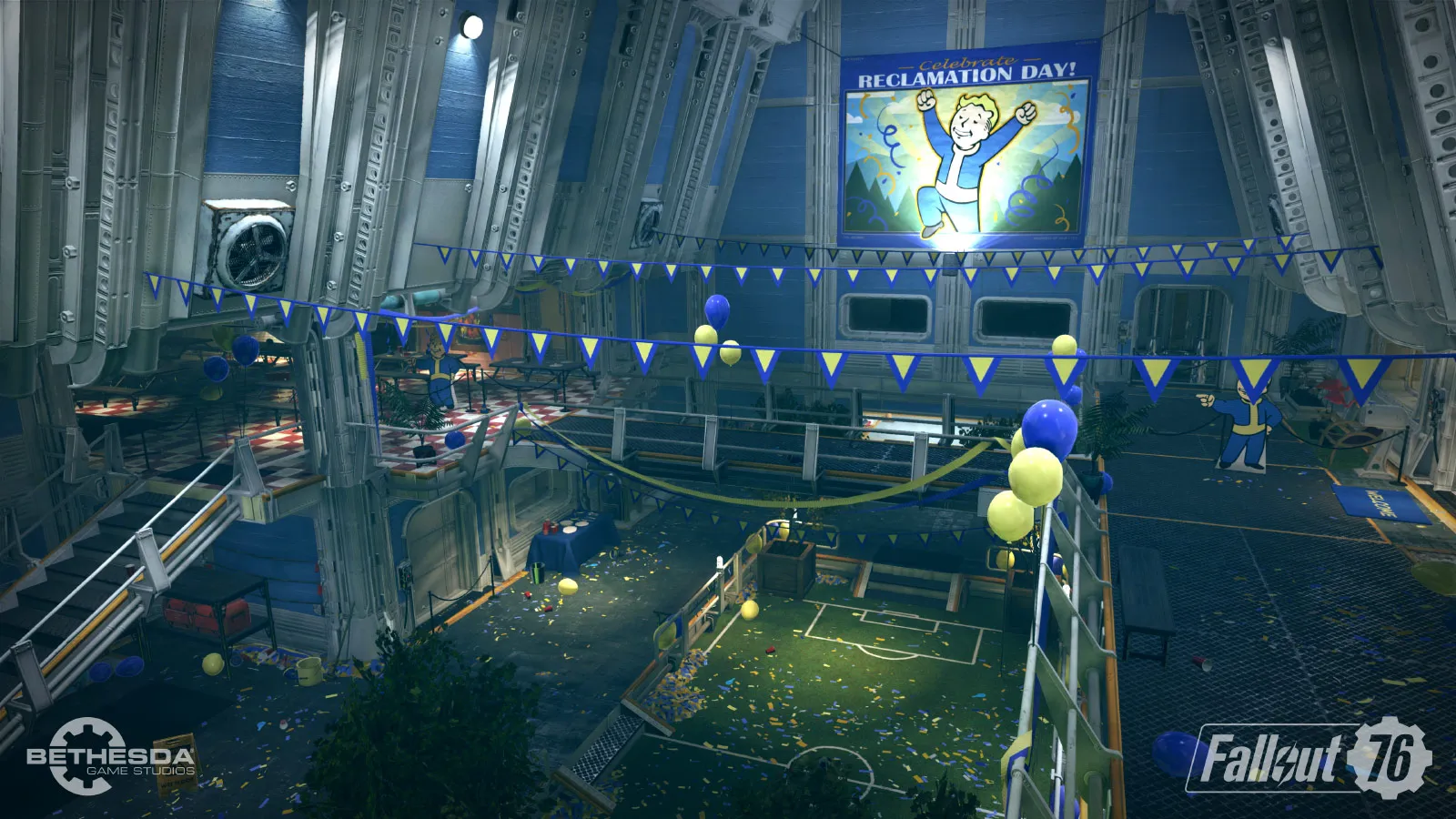
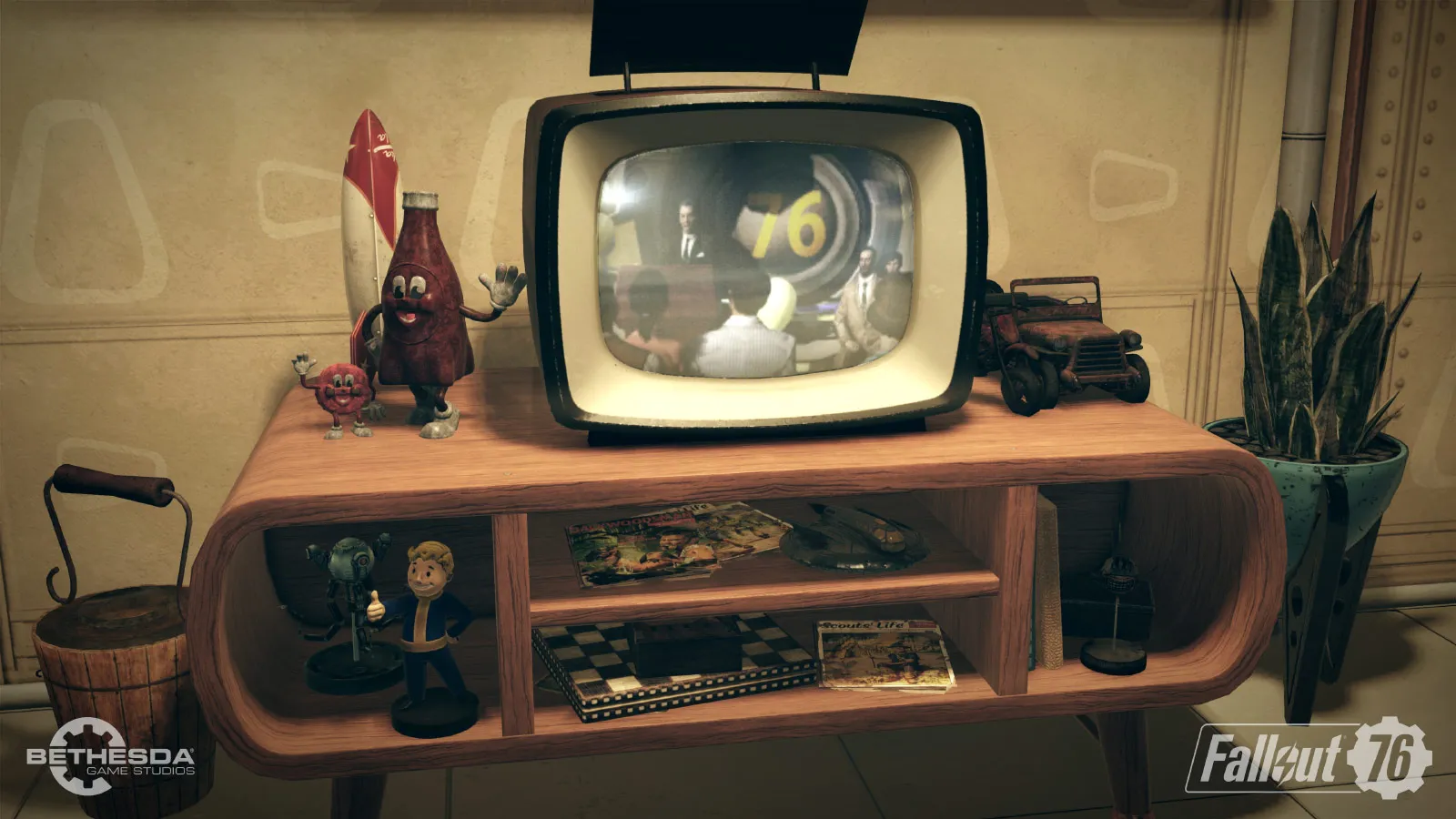
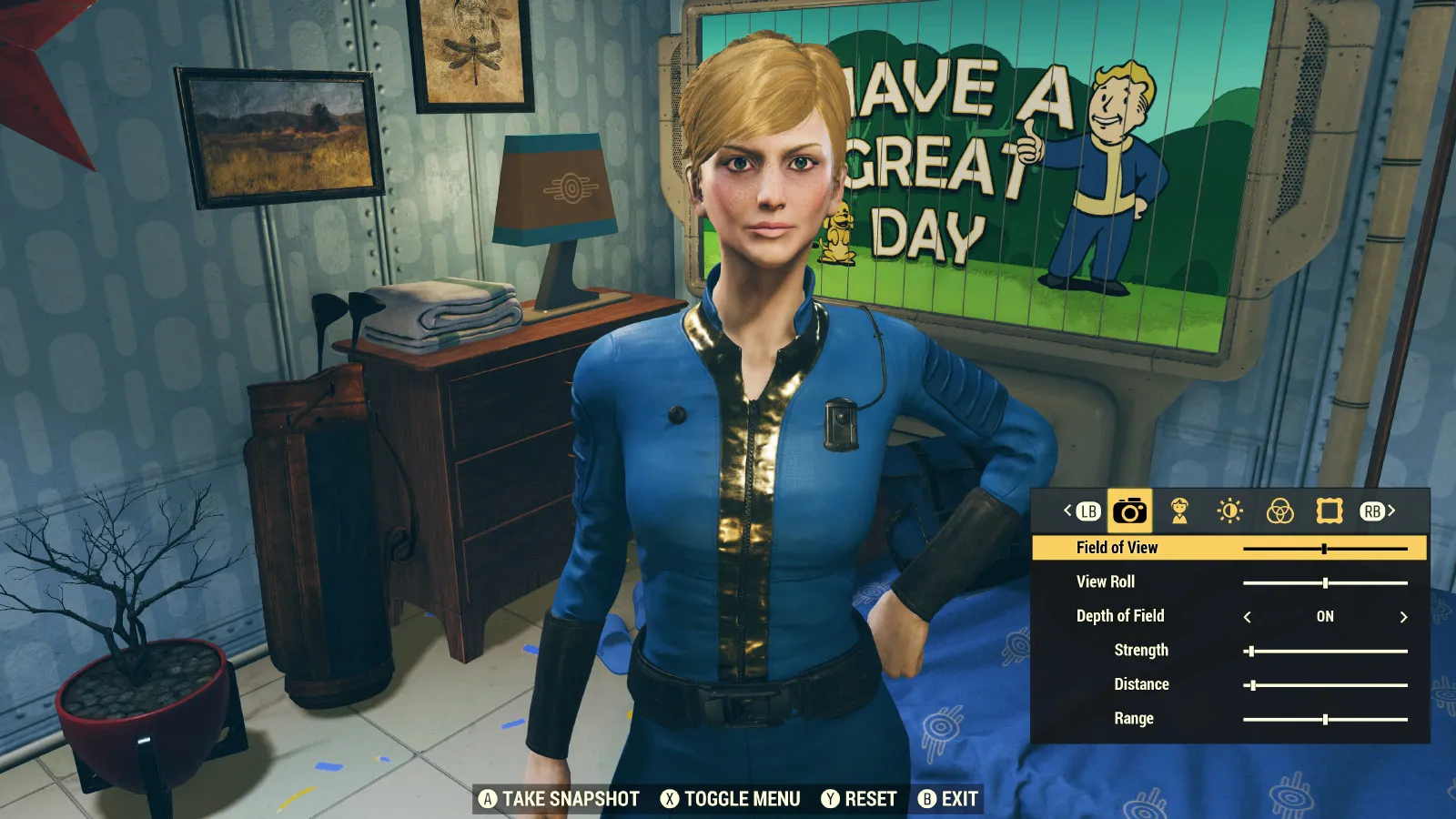
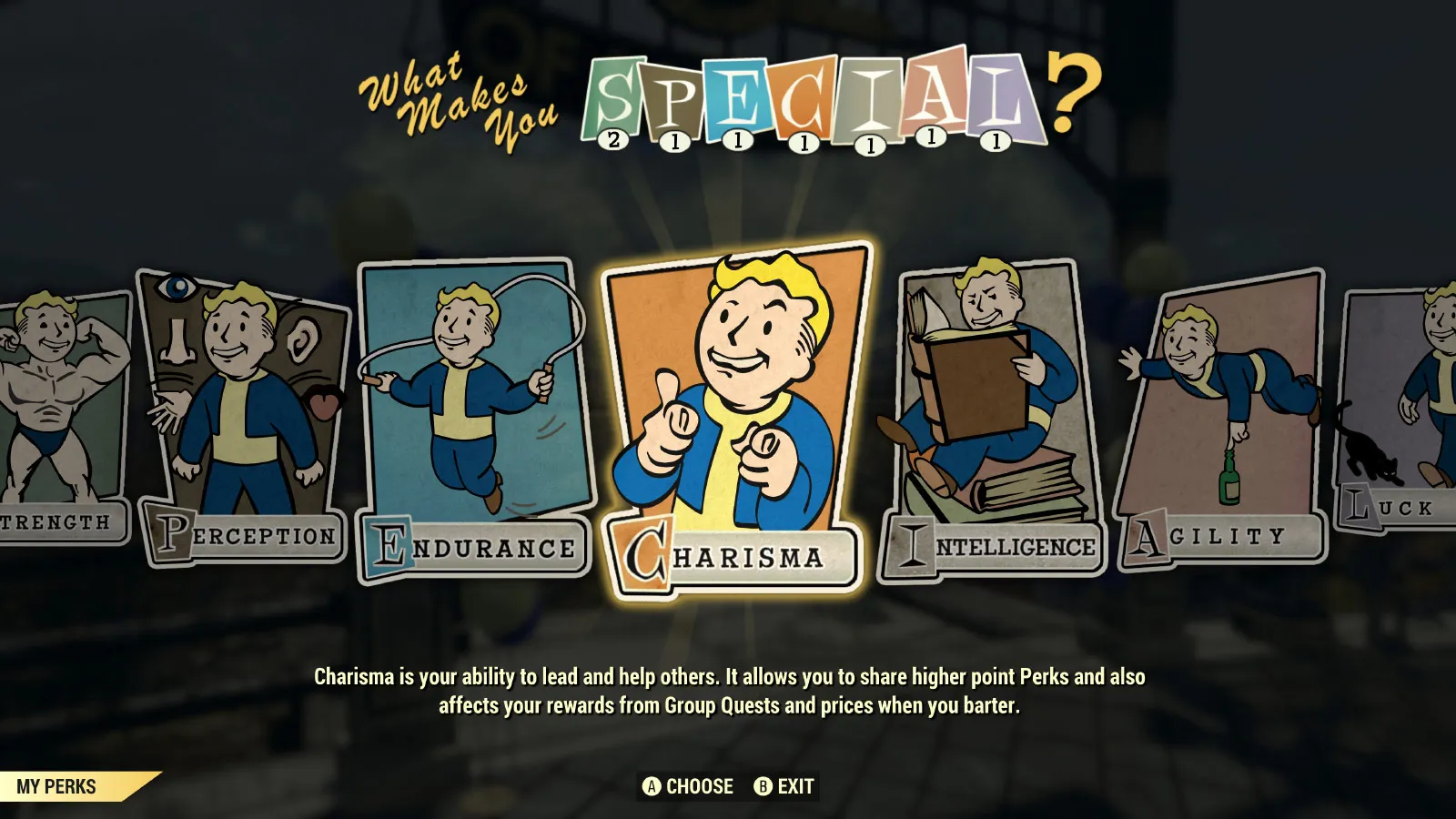
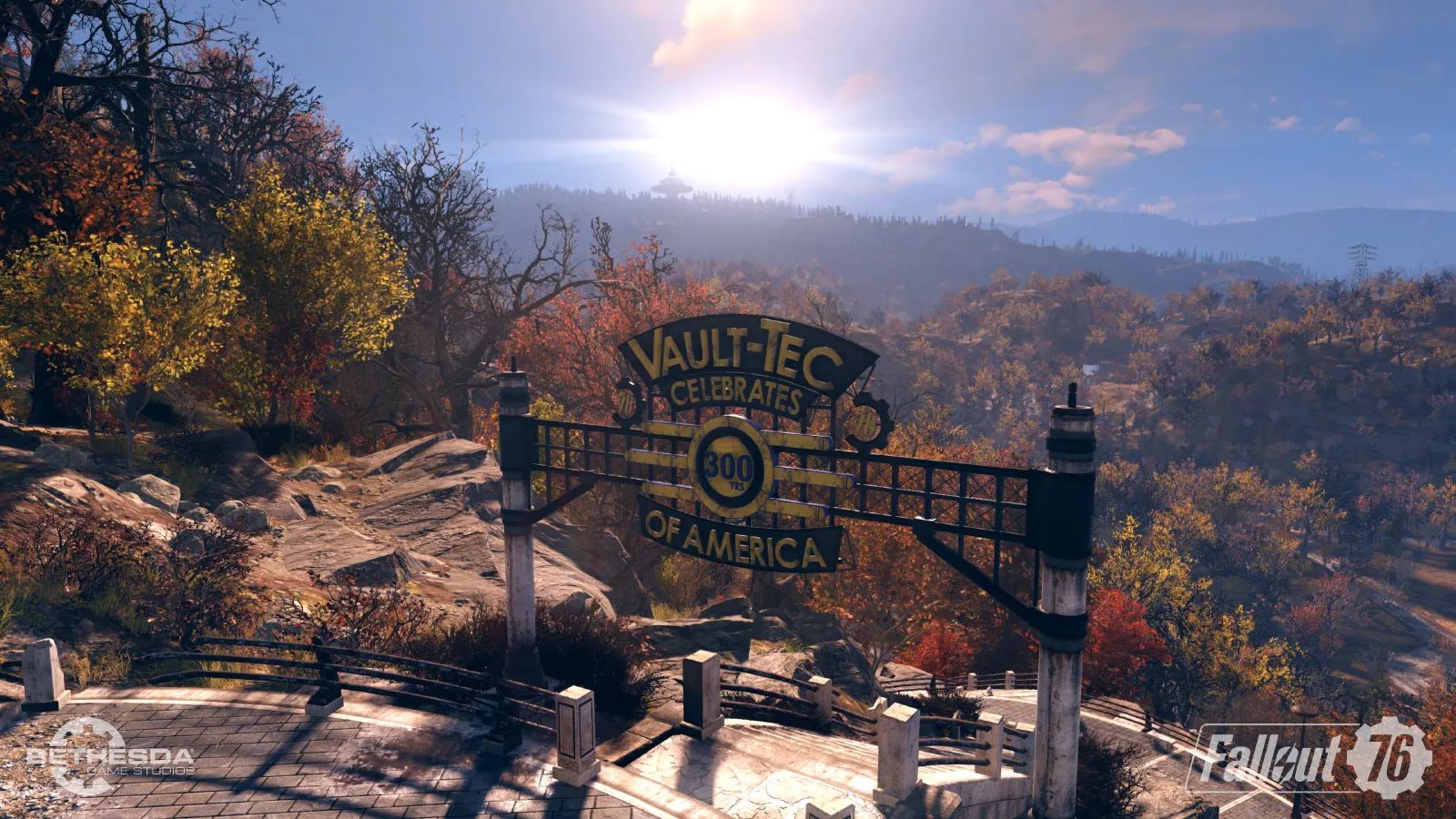

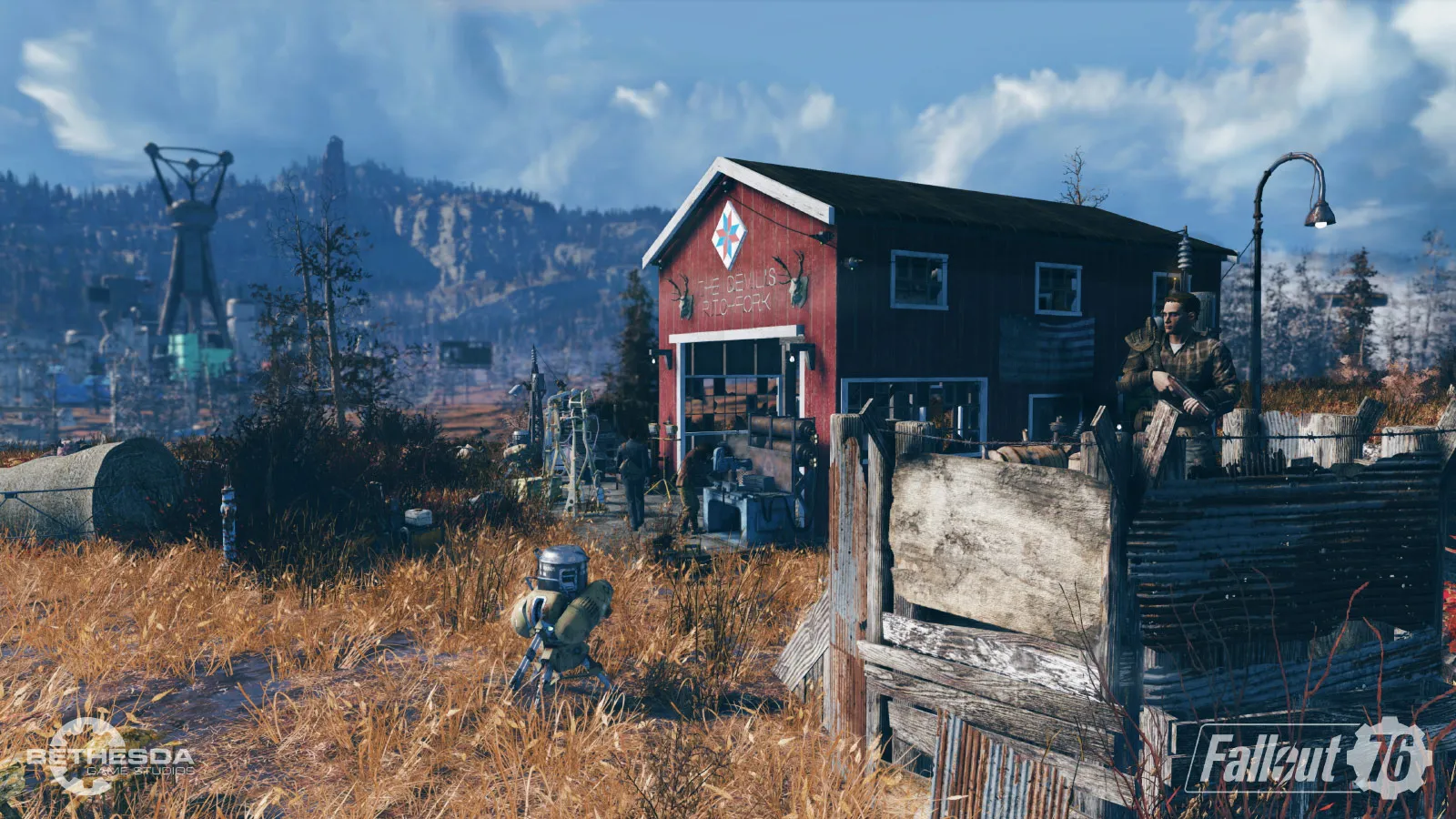
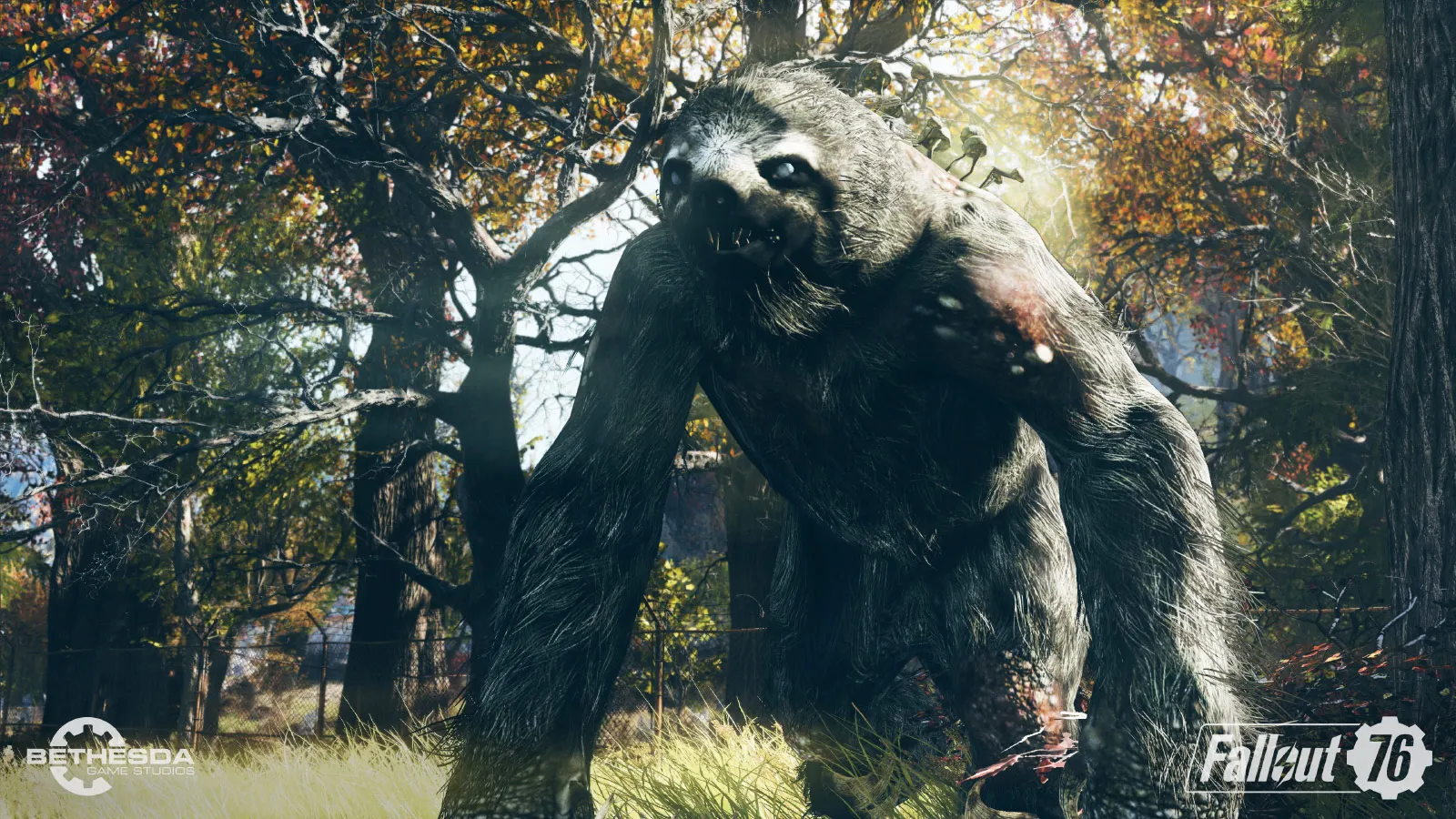
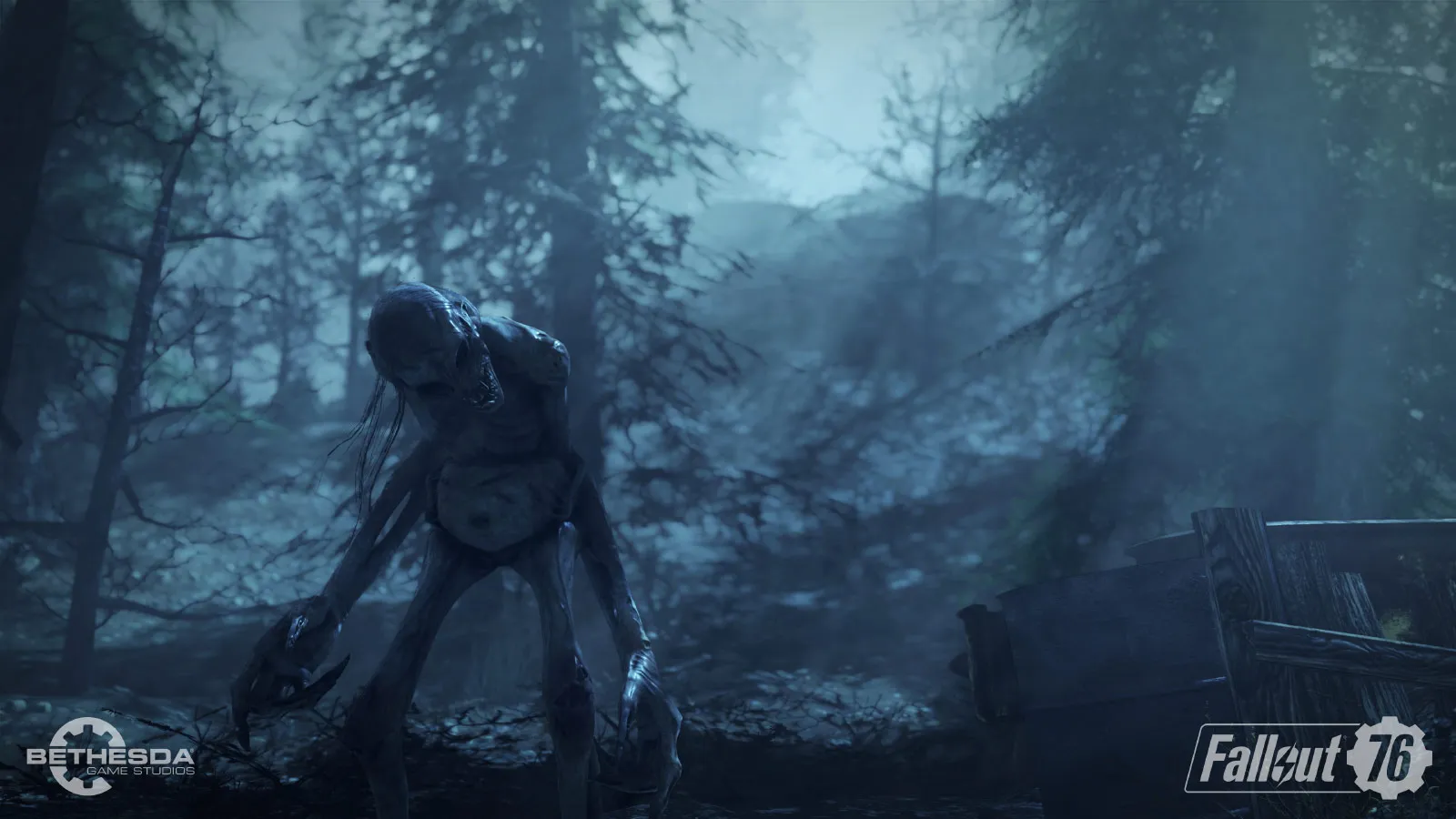
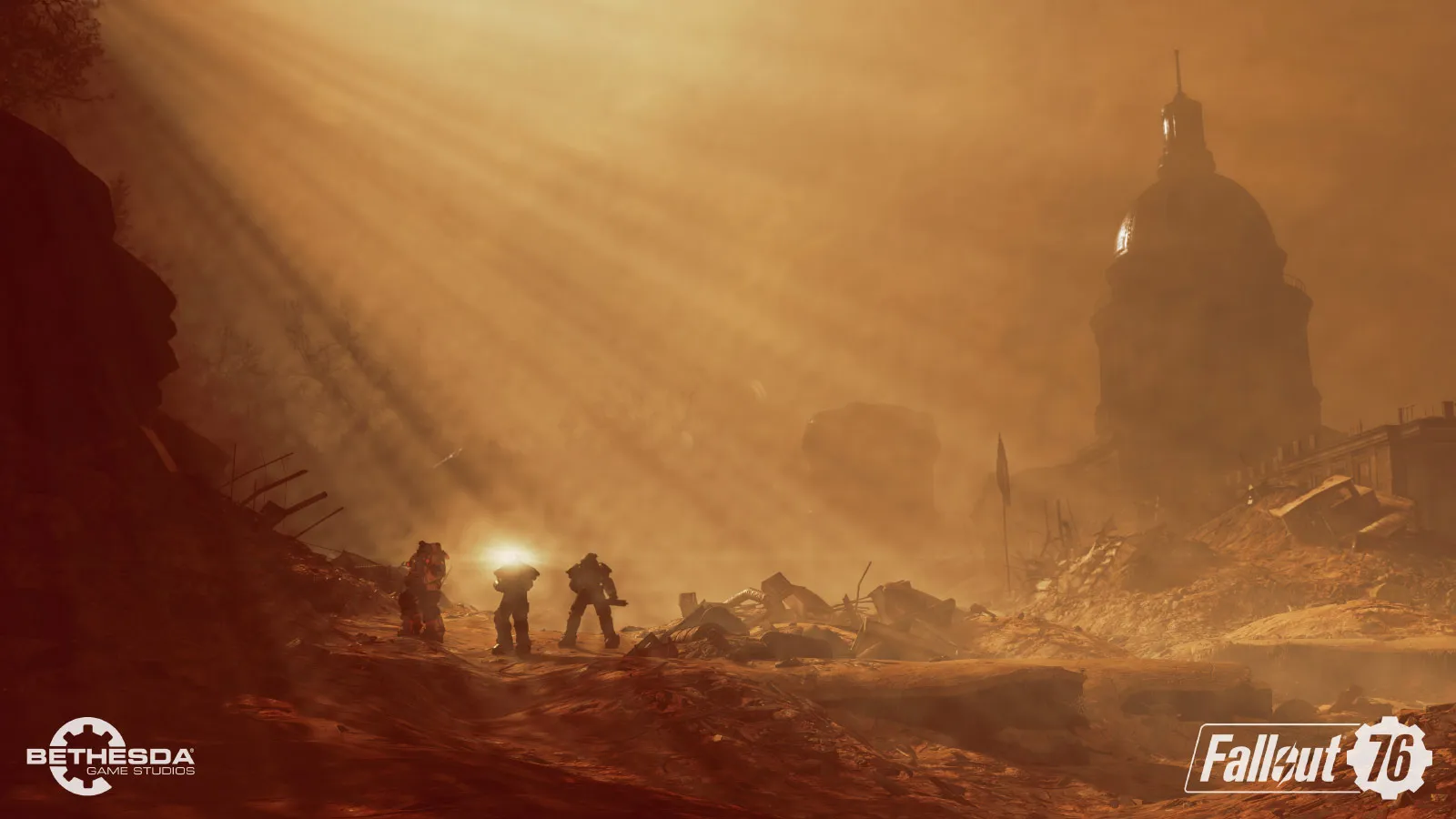
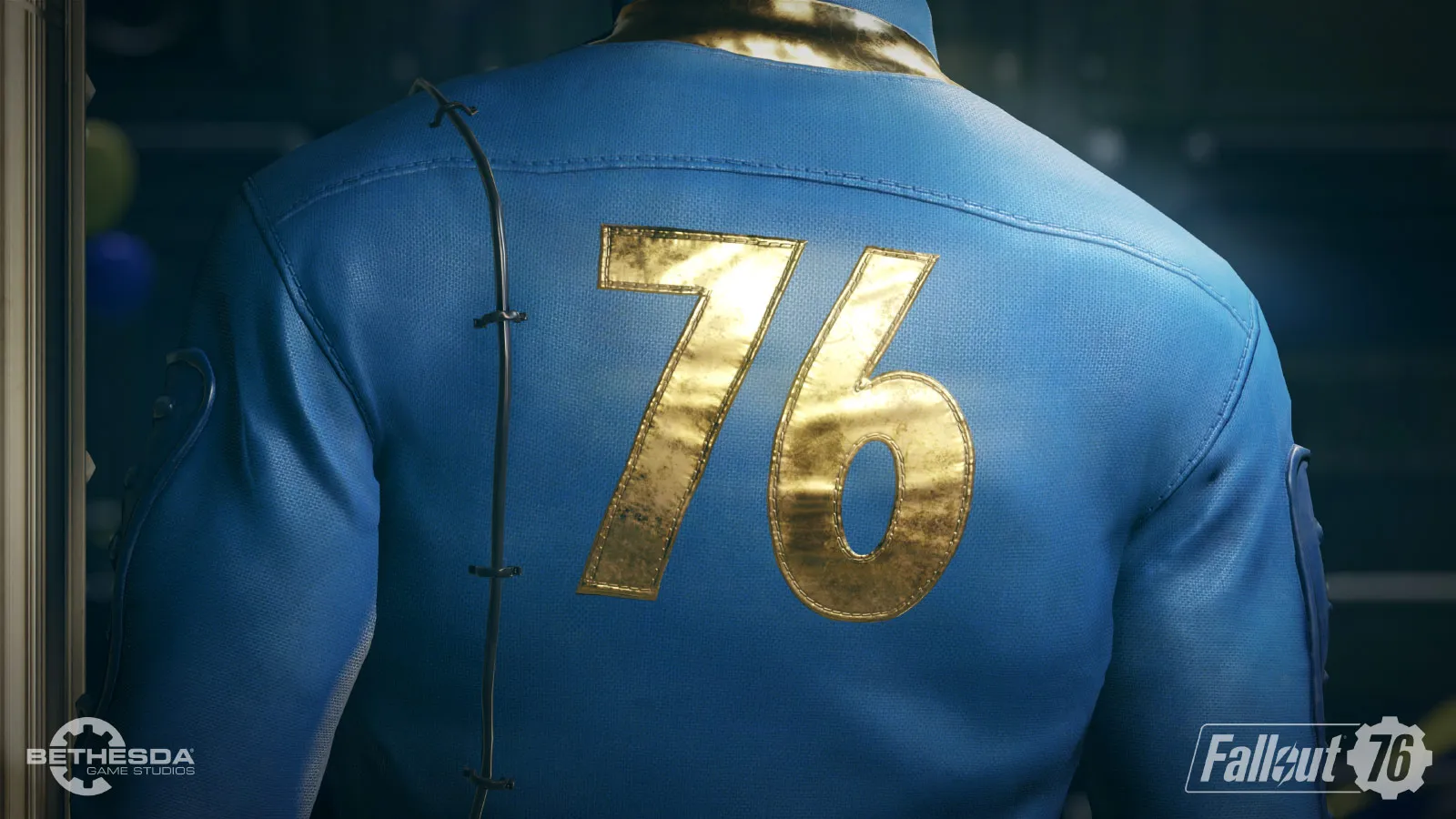
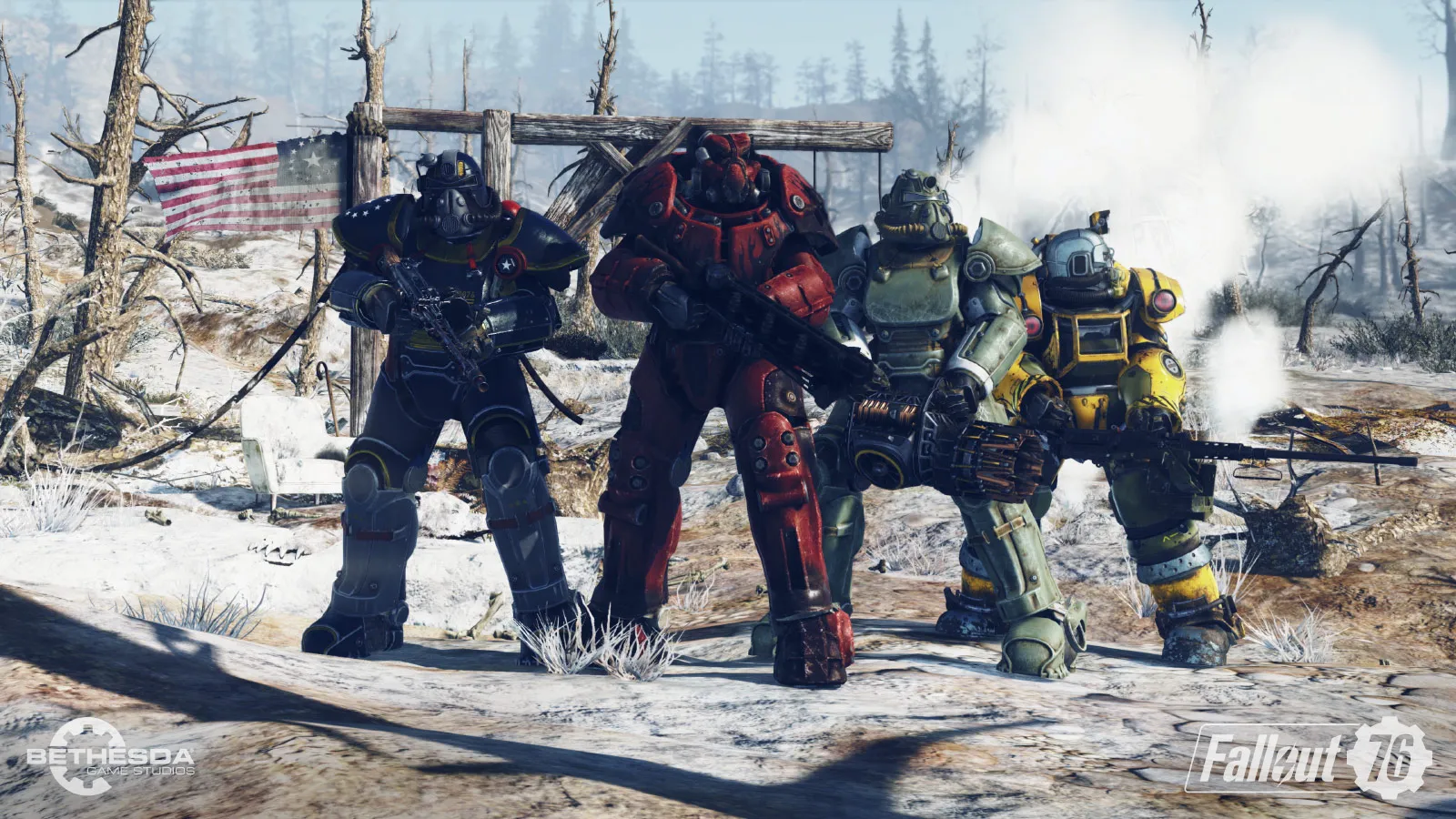

Explore your favorite games in premium print format, delivered to your door.